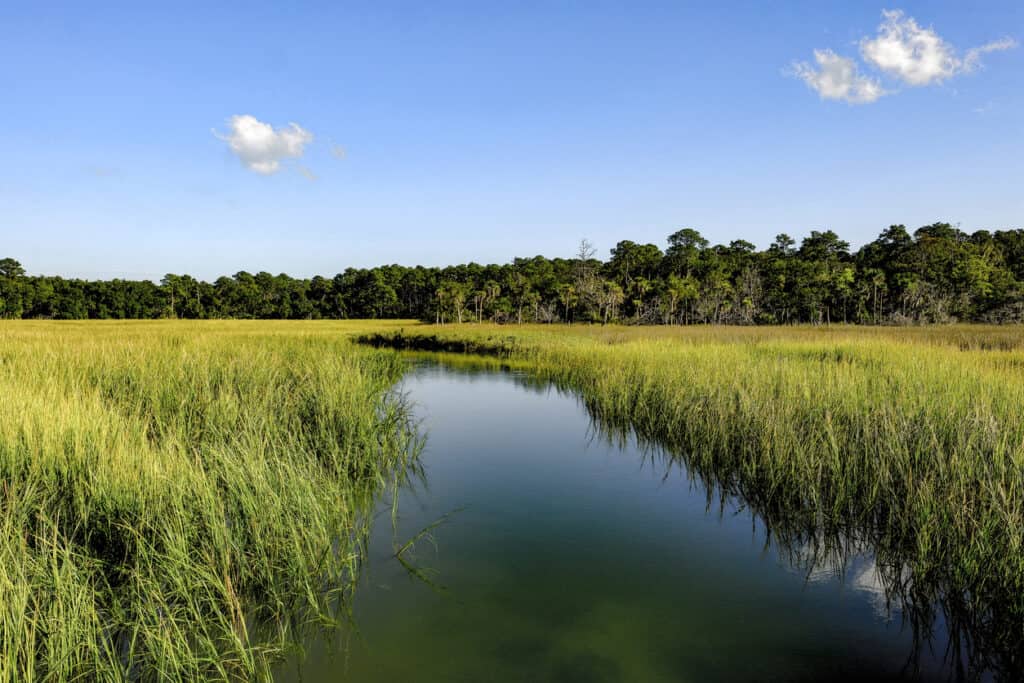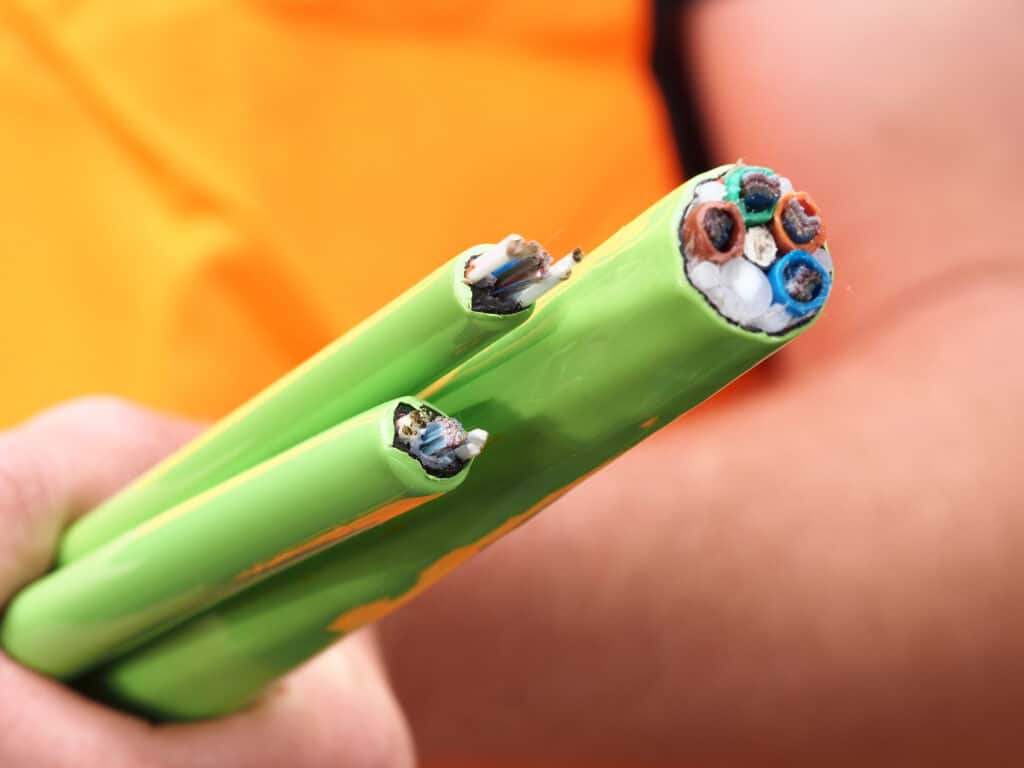October 2023 Bite-Size Colorado Legislation News

Discover the latest updates on Colorado State Legislation! As new legislation is introduced, it’s important to stay informed about the changes it may bring. HR Green is monitoring the priorities of our state legislators.
Aligning Engineering Ethics with HR Green’s Mission

In engineering, ethics serves as a guiding light, ensuring that decisions and actions prioritize the welfare of society. At HR Green, this commitment to ethical practice is deeply intertwined with our mission, vision, and values.
September 2023 Bite-Size Colorado Legislation News

Discover the latest updates on Colorado State Legislation! As new legislation is introduced, it’s important to stay informed about the changes it may bring. HR Green is monitoring the priorities of our state legislators.
Navigating Federal Requirements for Wetlands Protection in the U.S.

Since the creation of the Clean Water Act (CWA) in 1972, it has been significantly reorganized and redefined with changing regulations and enforcement. Regulations have always been turbulent, specifically surrounding federal regulations for Waters of the United States (WOTUS).
Asset Management: A Tool for Long-term Infrastructure Planning and Budgeting

Asset management is a plan that allows an agency to responsibly care for water mains, roads, bridges, equipment, and all assets involved in providing daily services to its constituents. It helps determine the necessary regular maintenance for a system to prolong its services while balancing risks associated with condition degradation and potential failures.
Empowering Women Engineers on Women’s Equality Day

At HR Green, we proudly embrace diversity as a cornerstone of our identity. As Women’s Equality Day approaches, we stand alongside the global community in recognizing the incredible contributions of women in society, specifically in the engineering field.
August 2023 Bite-Size Colorado Legislation News

Discover the latest updates on Colorado State Legislation! As new legislation is introduced, it’s important to stay informed about the changes it may bring. HR Green is monitoring the priorities of our state legislators.
Start Preparing for BEAD Funding Grants Now

Attention! BEAD Funding allocation has arrived, offering a once-in-a-generation opportunity for broadband in the U.S. With more than $42.5 billion in grant funding flowing to state broadband programs, it is critical that communities act swiftly to plan now to get their share of funds, particularly those in rural or remote parts of the country. Communities can […]
US Survey Foot vs. International Foot: How and When to Utilize Each

In an effort to simplify measurement standards across the United States, the National Institute of Standards and Technology (NIST), National Geodetic Survey (NGS), National Ocean Service (NOS), and the National Oceanic and Atmospheric Administration (NOAA), have decided to retire the US Survey Foot. This retirement is a significant move considering the long-standing use of the US […]
Iowa Broadband: Deadline Approaching for New Grant Opportunity

There is important news for Iowa broadband: Iowa’s Office of the Chief Information Officer (the department that distributes broadband grants) has opened the next opportunity for broadband grants! The Notices of Funding Availability (NOFA) #8 provides $148 million for broadband projects through the Federal Capital Project Fund program. There will be other NOFA rounds for the BEAD grants […]